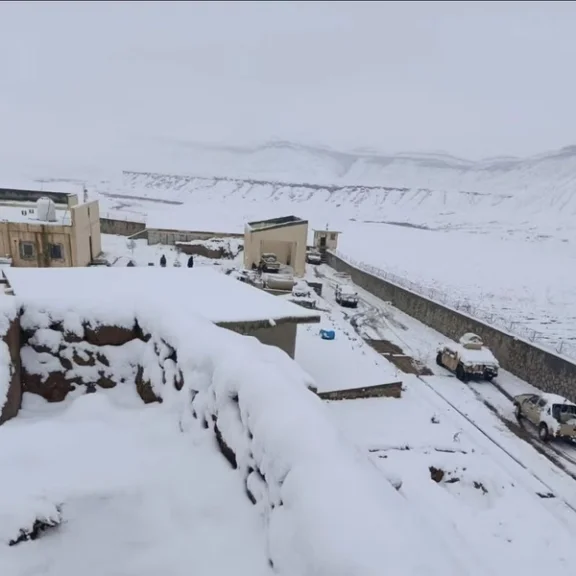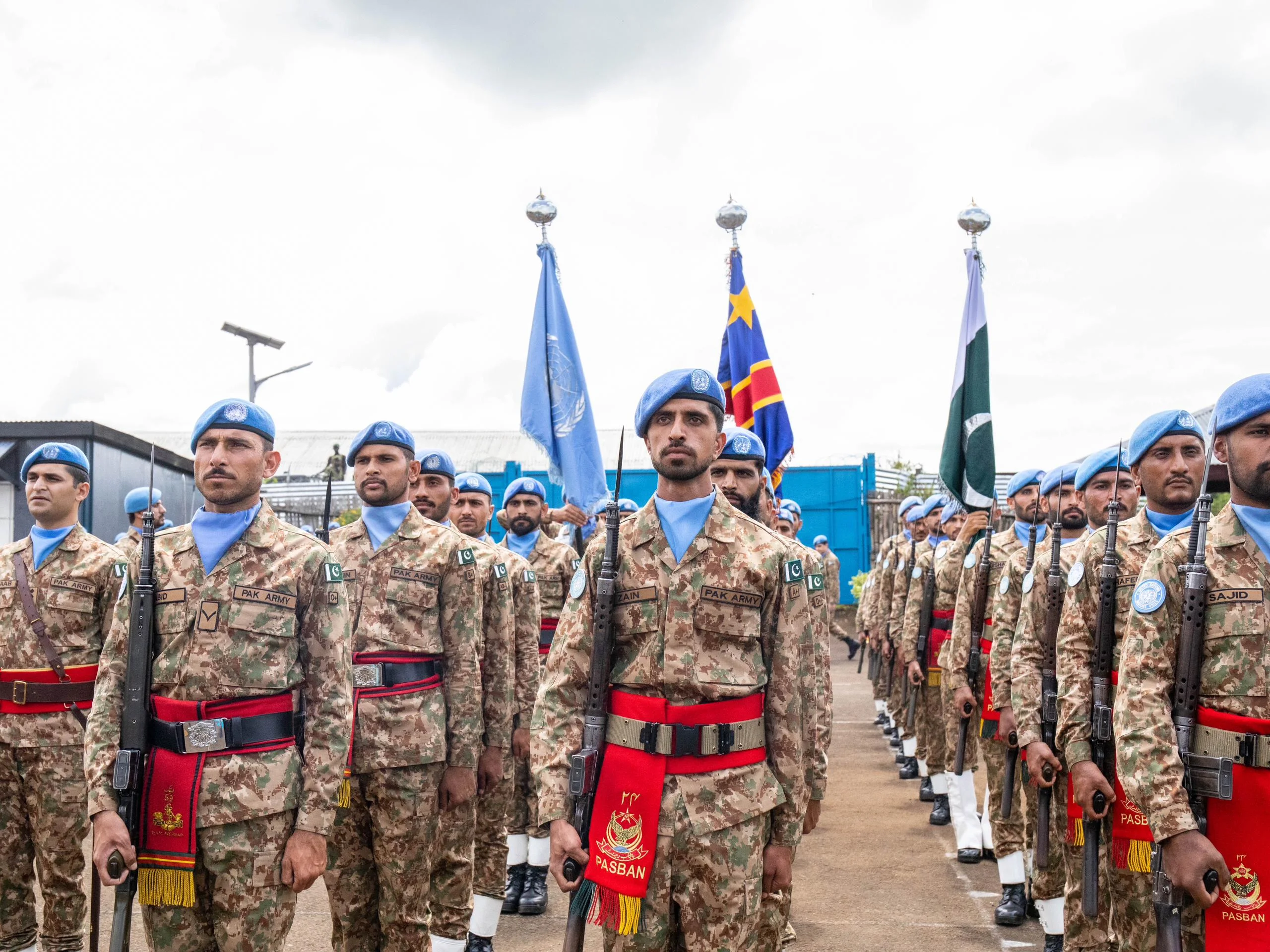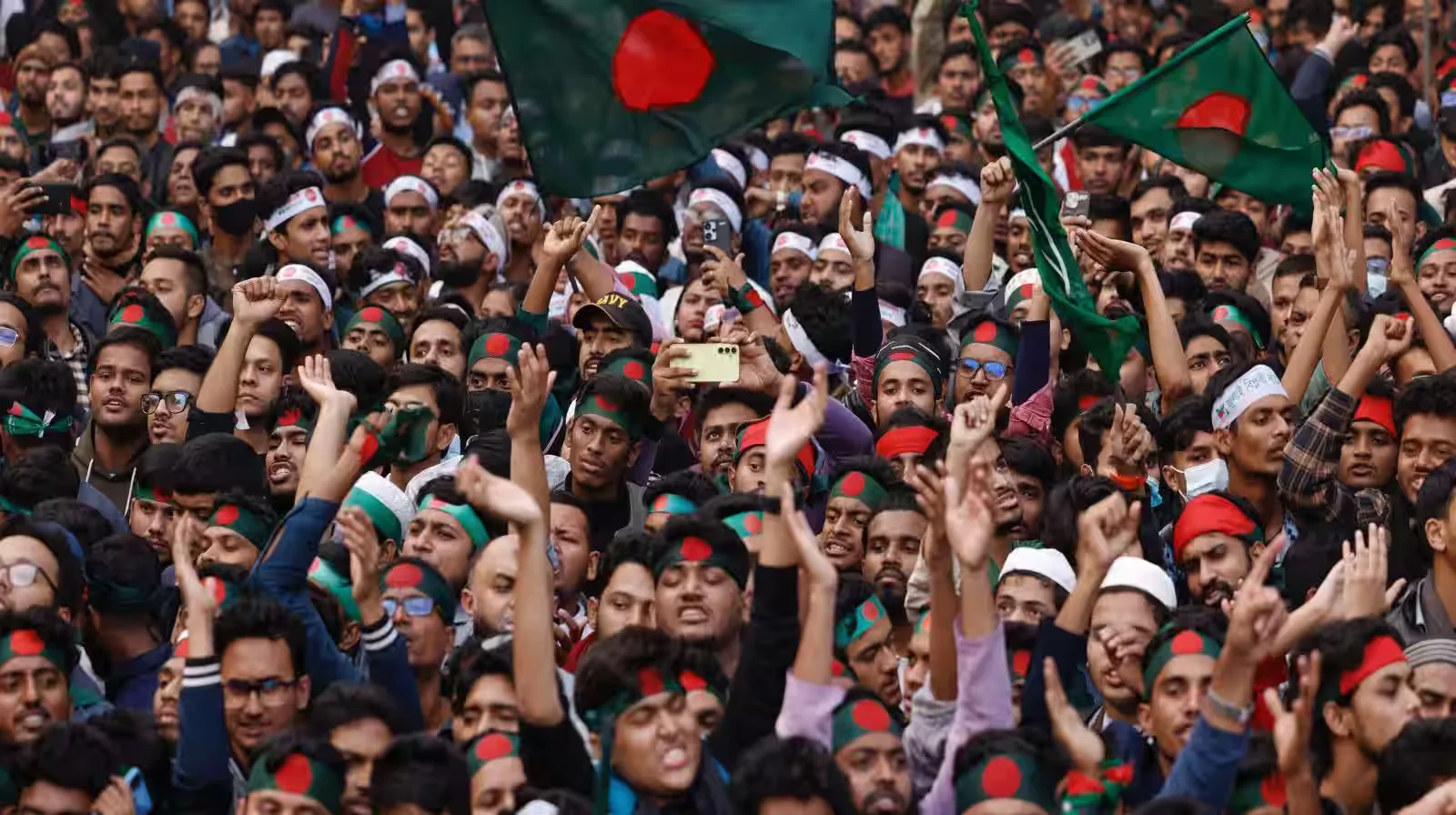The recent public statement by the U.S. Embassy in India addressing undocumented Indian nationals in the United States should not only be understood as an isolated gesture but also a calculated signal coming from the west for a very long time now. With over 725,000 undocumented Indians currently residing in the U.S. as per Pew report, 2022, the advisory points to a growing unease within Western policymaking circles: South Asia is emerging not only as a source of high-skilled labor, but also as a significant node in irregular migration patterns. This development must be viewed within the broader context of the West’s strategic recalibration of immigration frameworks, a trend with long-term implications for Pakistan and the region at large.
The Western Migration Pivot: From Humanitarianism to Instrumentalism
In this context, the Brookings analysis published on 24th October 2024 describes a clear policy pivot across Western states, from norms-based, humanitarian-driven migration governance toward a more justified strategic, interest-based model. The United States and Europe, while still somehow dependent on foreign labor and demographically pressured to sustain migration flows, are increasingly selective in whom they admit and under what terms. In the U.S., net migration reached 3.3 million in 2023, but policy energy is focused on enforcement and regularization, particularly at the southern border. Similarly, In Europe, mechanisms like the EU Migration Pact and bilateral deportation deals such as UK–Rwanda reflect a strategic posture: reduce pressure through deterrence, and outsource migration management to third countries. This shift reframes migration not as a humanitarian right but as a strategic asset which is selectively granted, tightly governed, and politically securitized across the west.
South Asia’s Mobility Footprint: Expanding or Fragmenting
South Asia remains one of the most dynamic regions of origin for international migrants. While India dominates in terms of scale and visibility, Pakistan, Bangladesh, and Nepal are closely tied into these flows, particularly in labor-intensive and lower-skilled sectors.
- India sent over 328,000 new migrants to the U.S. from 2018 to mid-2023 via legal pathways. Yet, irregular migration has surged—Indian asylum applications jumped 466% between 2020 and 2023.
- Pakistan continues to rely heavily on Gulf-bound labor exports, but demand is rising among the youth for permanent migration to North America and Europe—especially through education or family reunification routes.
- Remittances, a critical economic pillar for many countries, depend in part on continued access to foreign labor markets, which are increasingly contingent on migration governance and bilateral political goodwill.
These developments reflect a dual migration profile: one that is skilled, formal, and sought-after, and another that is precarious, irregular, and politically sensitive.
Reading the Embassy Message as Strategic Communication
The U.S. Embassy’s message to undocumented Indians is not merely a consular formality—it functions as a strategic signaling tool, carrying several layered messages:
- To Indian authorities: a subtle push to take greater responsibility for curbing visa overstays and irregular departures.
- To domestic U.S. constituencies: an affirmation that enforcement remains a priority, even for non-traditional migrant groups.
- To other South Asian states: a soft warning that undocumented migration, even from “trusted” partner countries, is under renewed scrutiny.
This message aligns with broader U.S. migration management efforts, including expanded deportation authority, real-time border surveillance, and attempts to externalize migration control—possibly through new bilateral agreements.
Strategic Implications for Pakistan
For Pakistan, the strategic implications of these developments are significant:
1. Migration Diplomacy Must Be Proactive
Pakistan must anticipate shifts in visa regimes, asylum adjudication standards, and labor mobility thresholds. Countries like India have already begun securing bilateral labor and mobility agreements (e.g., with Germany, Israel, and Japan). Pakistan needs a comparable migration diplomacy strategy—one that links labor exports with protections and reciprocal access.
2. Regulatory and Border Management Capacity Needs Investment
To avoid reputational risk and maintain migrant access, Pakistan must strengthen internal migration governance—including documentation systems, pre-departure orientation, and human trafficking prevention. Cooperation with destination countries on return and reintegration frameworks will become increasingly necessary.
3. Leverage the Skilled Diaspora
Pakistani skilled professionals in the U.S., Canada, and Europe offer diplomatic, economic, and technological advantages. However, without a coherent engagement strategy—similar to India’s—these resources remain underutilized.
4. Anticipate the Human Security Dimension
Irregular migration is not just an enforcement issue; it intersects with human rights, protection obligations, and reputational risks. Any strategic posture must incorporate mechanisms for safeguarding migrants, especially those in vulnerable legal or labor positions.
Conclusion: A Moment for Strategic Realignment
The U.S. Embassy’s message, while directed at Indian nationals, resonates across South Asia. It marks a subtle but significant evolution in how migration is being governed by Western states: not simply as a flow to manage, but as a strategic vector to control, leverage, and discipline.
For Pakistan, this is a moment to reassess. Migration—long treated as a social or economic issue—now intersects with diplomacy, security, and geopolitical positioning. A strategic, forward-facing migration policy is no longer optional; it is an imperative.






